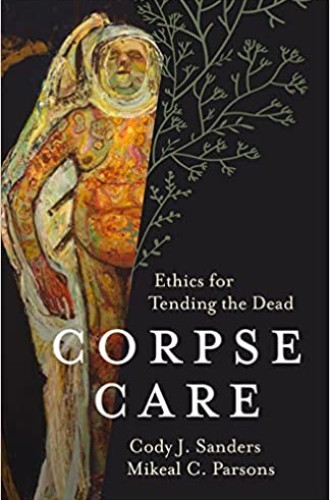How we care for dead bodies—or don’t
Cody Sanders and Mikeal Parsons yearn for a better theology around death, dying, and the body.
When Michael Brown was shot by police in Ferguson, Missouri, his dead body lay on the ground for four hours before city authorities attended to it. Members of his community stood vigil by his body the whole time, and they followed it to the police station after the coroner arrived to take it away. In Black communities, Cody Sanders and Mikeal Parsons explain, there is often a deep spiritual and emotional attachment to the body of a person who has breathed their last breath. A common question asked after hearing about a death is “Who’s got the body?”
White Americans tend to have more indifference or even antipathy toward dead bodies. For Christians, this may stem from Jesus’ hyperbolic admonition to let the dead bury their dead—or from Puritanism, which regarded the body as a mere husk and elevated the soul as the essential and immortal element of humanity. Whatever the cause, Sanders and Parsons believe that a culture’s slighting of corpses reveals a diminished regard for bodies, dead or alive—and that this points to an underdeveloped theology of the body.
Practices in handling dead bodies have long differed between Black and White communities, but they have one important thing in common: for many centuries, most deaths happened in homes. A death was considered good when the dying person was at home, surrounded by family and other loved ones, while breathing their final breaths. Once death arrived, the body was prepared for burial by family members. Usually the women in a household would wash and prepare the dead body for burial. Men would build a coffin and dig the burial hole.





